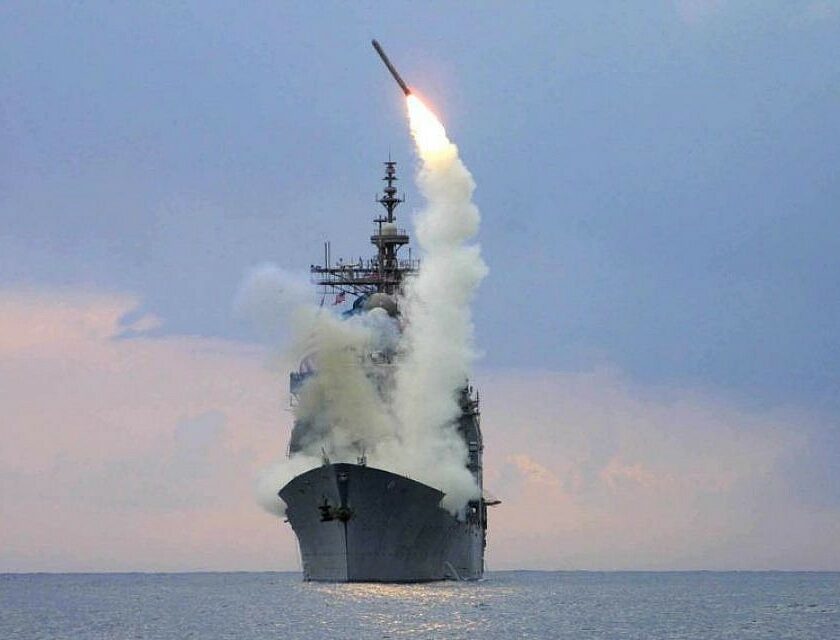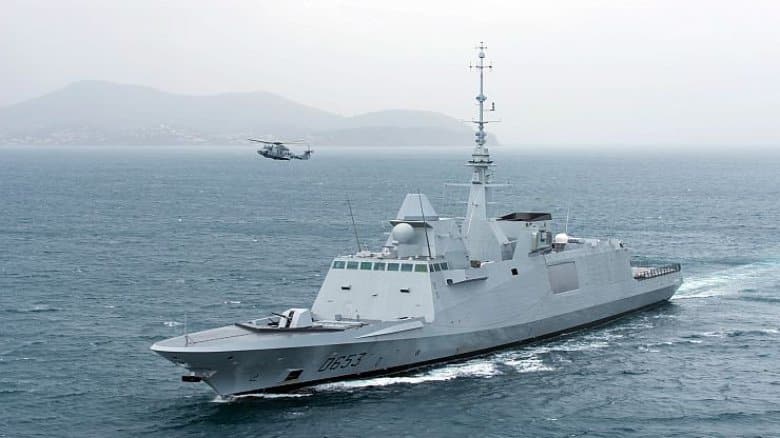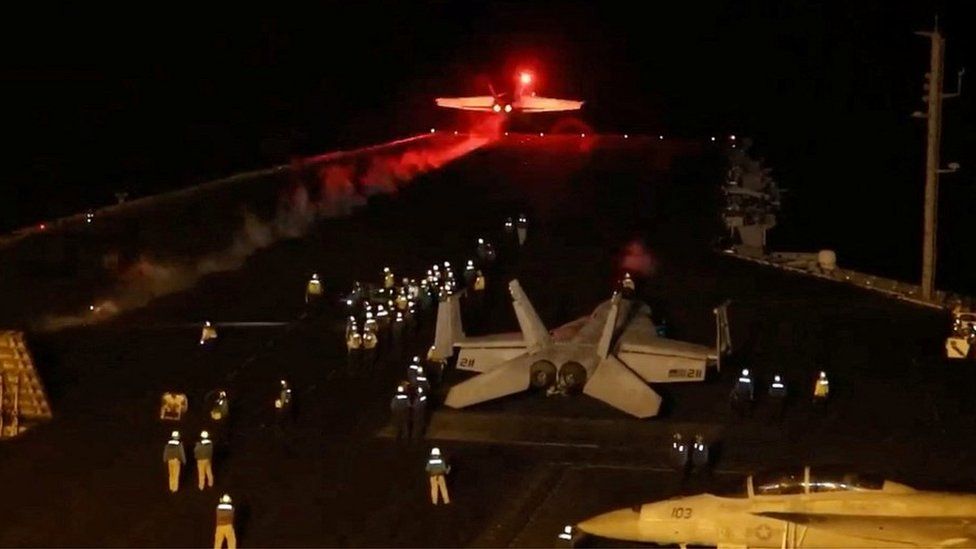American and British armed forces, supported by ships from Australia, Bahrain, Canada and the Netherlands, carried out a series of strikes on January 12 against Houthi military installations in Yemen, identified as having a link to the numerous attacks by drones and missiles launched by the Houthi rebels from western Yemen, against ships transiting the Red Sea.
In this section:
US and British strikes against Houthi military sites
According to a press release issued by the Secretary of Defense, Lloyd Austin, still hospitalized, the American and British strikes carried out on January 12 targeted ballistic and cruise missile sites, as well as drone launch sites, but also coastal radar installations and aerial detection means (understand the air bases from which these means operate).

The Houthi press releases, and testimonies collected by the various press agencies, indeed report numerous explosions coming from the military base adjacent to the Sanaa airport, as well as against the naval base of Hodeidah and various military sites in the Hajjah region, bordering the Red Sea and the Saudi border in the northwest of the country.
For US President Joe Biden, who ordered these strikes, this was a response to the numerous attacks carried out in recent weeks by Houthi forces against military and civilian vessels sailing in the Red Sea and near the Gulf of Aden. , as well as sending a clear message to the Houthi government, but also to the Iranians who support them, and who are directly implicated by the American executive.
Coalition ships cruising in this area to protect civilian maritime traffic have, in fact, recorded 27 attacks carried out by drones, cruise missiles as well as anti-ship ballistic missiles, against ships in this area, including vessels of the US Navy, the Royal Navy or the French National Navy.
As could be expected, this response, because it is only a response after multiple provocations, against the Houthi military installations, immediately gave rise to violent reactions and condemnations from the government. Houthis, but also from Iran.

Russia, for its part, immediately requested a meeting of the United Nations Security Council. The Saudi authorities, for their part, have called for de-escalation and restraint, while Egypt, although heavily affected by the reduction in maritime traffic in the Red Sea, therefore on the Suez Canal, has for the moment remained silent.
Houthi provocations in the Red Sea, but for what purpose?
There is no doubt that these repeated attacks on merchant and military ships in the Red Sea, carried out by the Houthi armed forces from the Yemeni coast, were intended to provoke such a response from the United States and its allies. That they intervened is therefore in no way a surprise, neither for external observers nor for the Houthi authorities and their supporters in Tehran.

75% of this article remains to read,
Subscribe to access it!
The Classic subscriptions provide access to
articles in their full version, and without advertising,
from 6,90 €.
Newsletter subscription
Register for the Meta-Defense Newsletter to receive the
latest fashion articles daily or weekly

